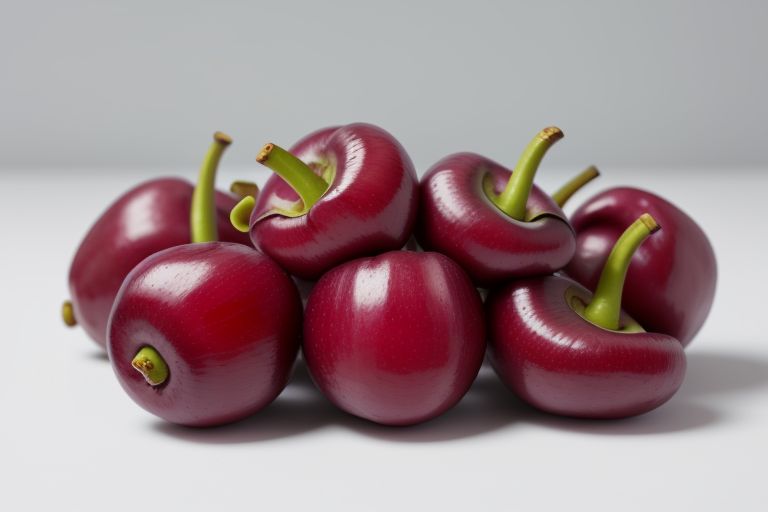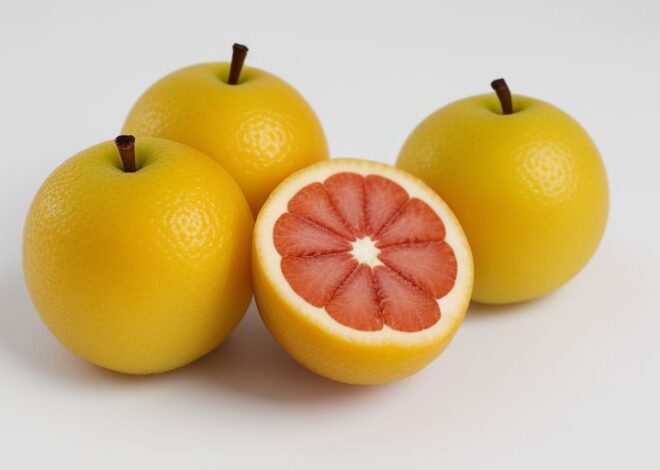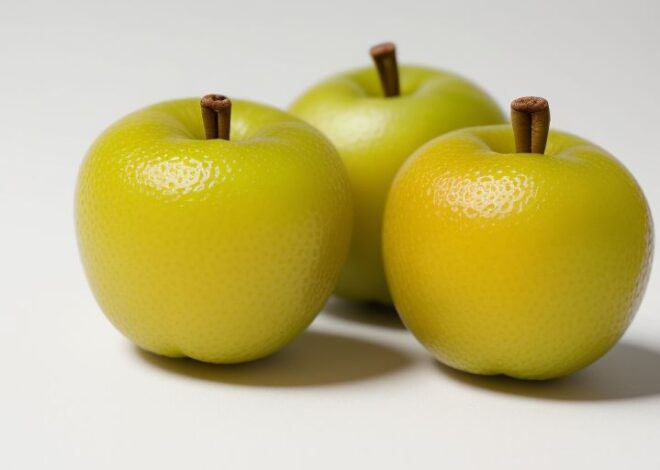
Mangosteen
Introduction
Mangosteen (Garcinia mangostana) is a tropical fruit native to Southeast Asia, widely cultivated and revered for its unique flavor, nutritional value, and medicinal properties. This purple fruit has been a staple in many cultures for centuries, earning the nickname “The Queen of Fruits.”
Etymology
The name “mangosteen” is derived from the Malay word “manggis,” which refers to the fruit. In Thai, it’s called “mangkhut,” while in Filipino, it’s “mangosteen” or “mangis.”
Description
Mangosteen is a small, round fruit with a soft, white interior and a sweet-and-sour taste. The exterior is a deep purple color, with a soft, fleshy rind that’s easily removable. The fruit has 4-8 segments, each containing a single seed.
Taxonomy and Cultivars
Mangosteen belongs to the family Clusiaceae and is classified as Garcinia mangostana. There are several cultivars, including:
| Cultivar | Characteristics |
|---|---|
| Kanchanaburi | Sweet and soft, popular in Thailand |
| Nam Doc Mai | Sweet and slightly sour, popular in Malaysia |
| Okrong | Sour and crunchy, popular in Cambodia |
Distribution and Habitat
Mangosteen is native to Southeast Asia, specifically in countries such as Malaysia, Thailand, Indonesia, and the Philippines. It thrives in tropical climates with high humidity and temperatures between 20-30°C (68-86°F).
Cultivation
Mangosteen trees are typically grown from seedlings and require well-drained soil and full sun to partial shade. They’re relatively low-maintenance and can tolerate some drought.
Production and Uses
Mangosteen is widely cultivated for its fruit, which is eaten fresh, used in juices, smoothies, and desserts. The rind and leaves are also used in traditional medicine and as a natural dye.
Phytochemistry
Mangosteen contains various bioactive compounds, including:
| Compound | Properties |
|---|---|
| Xanthones | Antioxidant, anti-inflammatory |
| Phenolic acids | Antimicrobial, antifungal |
| Flavonoids | Antioxidant, anti-inflammatory |
Flavor
Mangosteen’s flavor is often described as a combination of strawberry, kiwi, and pineapple, with a hint of sweetness and sourness.
Toxicity
Mangosteen is generally safe to consume, but excessive consumption may cause allergic reactions or interact with certain medications.
Nutrition
Mangosteen is rich in:
| Nutrient | Amount (per 100g) |
|---|---|
| Vitamin C | 2.9mg |
| Potassium | 48mg |
| Fiber | 1.8g |
Culture
Mangosteen has significant cultural and symbolic meanings in Southeast Asia, representing good fortune, prosperity, and love. In Thai culture, it’s believed to bring good luck and is often given as a gift.
“In the tropics, the mangosteen is a symbol of love, and its fruit is the fruit of love.” – David Fairchild, American botanist
In conclusion, mangosteen is a unique and fascinating fruit, cherished for its flavor, nutritional value, and cultural significance. Its rich history, diverse uses, and potential health benefits make it a fruit worth exploring and appreciating.


